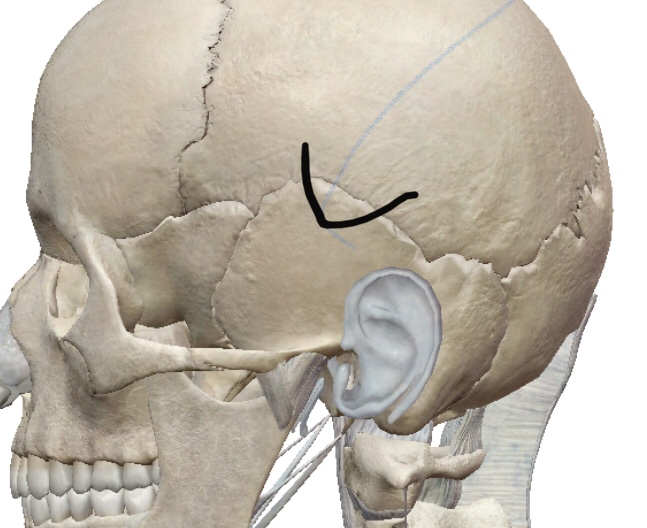There has been some press recently on tinnitus and it’s affects on Mental health. I have been approached on several occasions to ask am I able to treat this phenomenon with Cranial Osteopathy. Here is my response to the enquiry.
I have been a long term sufferer of Tinnitus for as many years as I can remember. My mother also suffered along with sinus issues. Over the years of living with this I have yet to discover a finite “cure.” I have however using some techniques reduced the severity to background irritation. I will point out that this has not removed it but made it less noticeable.
It is irritating for that should a patient discuss their tinnitus I will immediately be aware of my own.
What would I be looking for to help? Primarily as an Osteopath and Cranial Osteopath the first thing would be to assess the function of fluid flow within the head by gently holding the cranium in the palm of my hands and perhaps the sacrum. Once I have a good feel of what is happening I will be looking for any restrictions that may be affected ting the flow, ie structure attached to the various cranial bone from the neck back and Pelvis. I would then assess all the sutures of the cranial bones and the upper segments of the Cervical Spine. Of particular interest is the Sphenoid bone in the picture which houses the Vestibular and heating apparatus.

If there are restrictions in ay of these areas it may cause reduced functionality of the cerebra spinal fluid movement, blood supply and venous drainage. All of these can contribute to increased cranial pressure in turn headaches poor sinus drainage and venous drainage.
After treating these areas we return to assessing the flow. Hopefully this will enable the body to normalise. This will enable improved movement.
There are times when I suffer, that I will concentrate on good breathing technique whilst quietly listening to gentle classical music. Improving diaphragmatic function also improves flow within the cranium as there is a large fascial attachment from the diaphragm to the Cranial base of Sphenoid and Occiput bones. If the diaphragm is restricted it can affect all sinus drainage and Cranial function.
How successful this approach can be is never a guarantee. However it is not invasive and uses no drugs.
Good luck and hope this is of assistance.